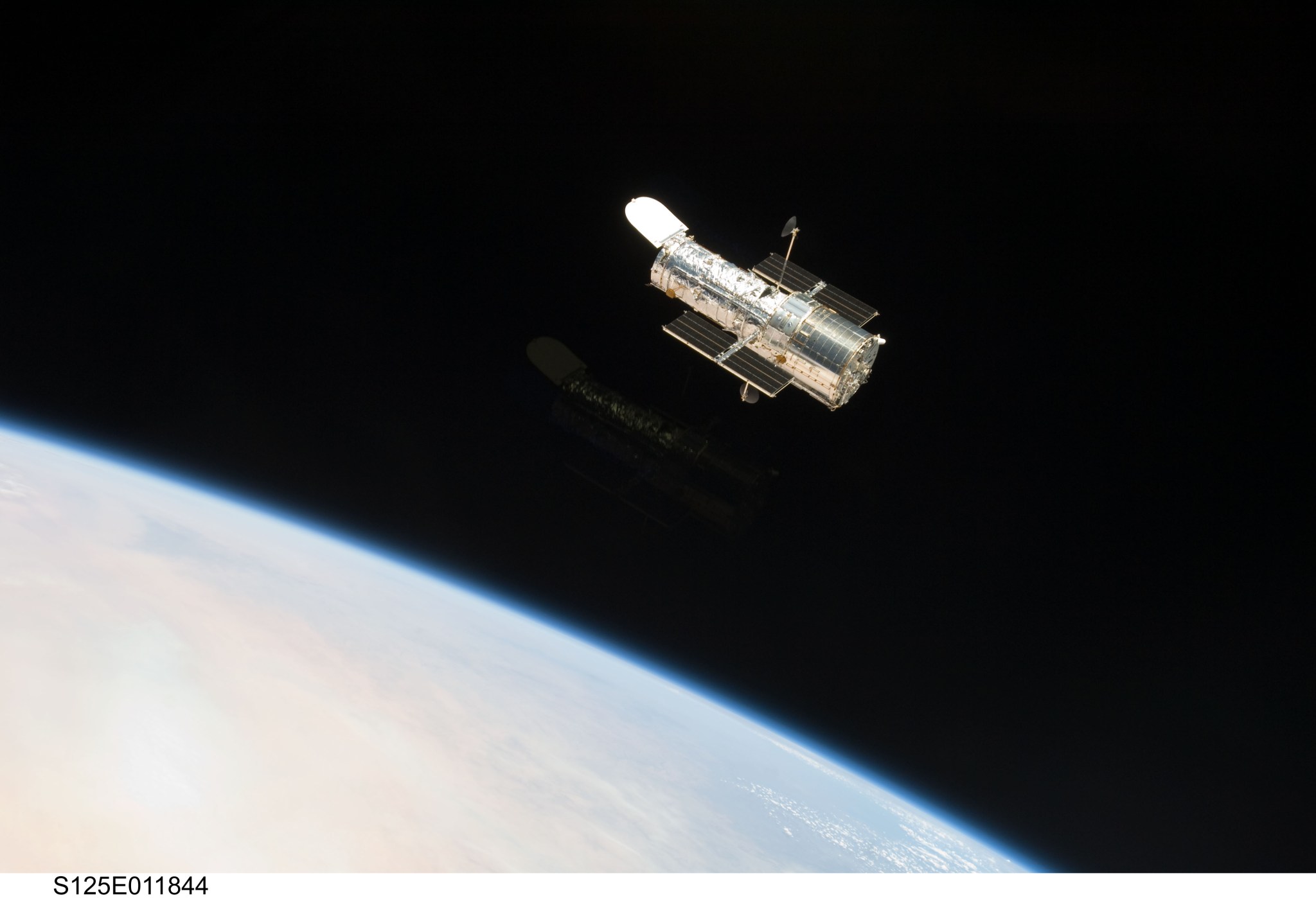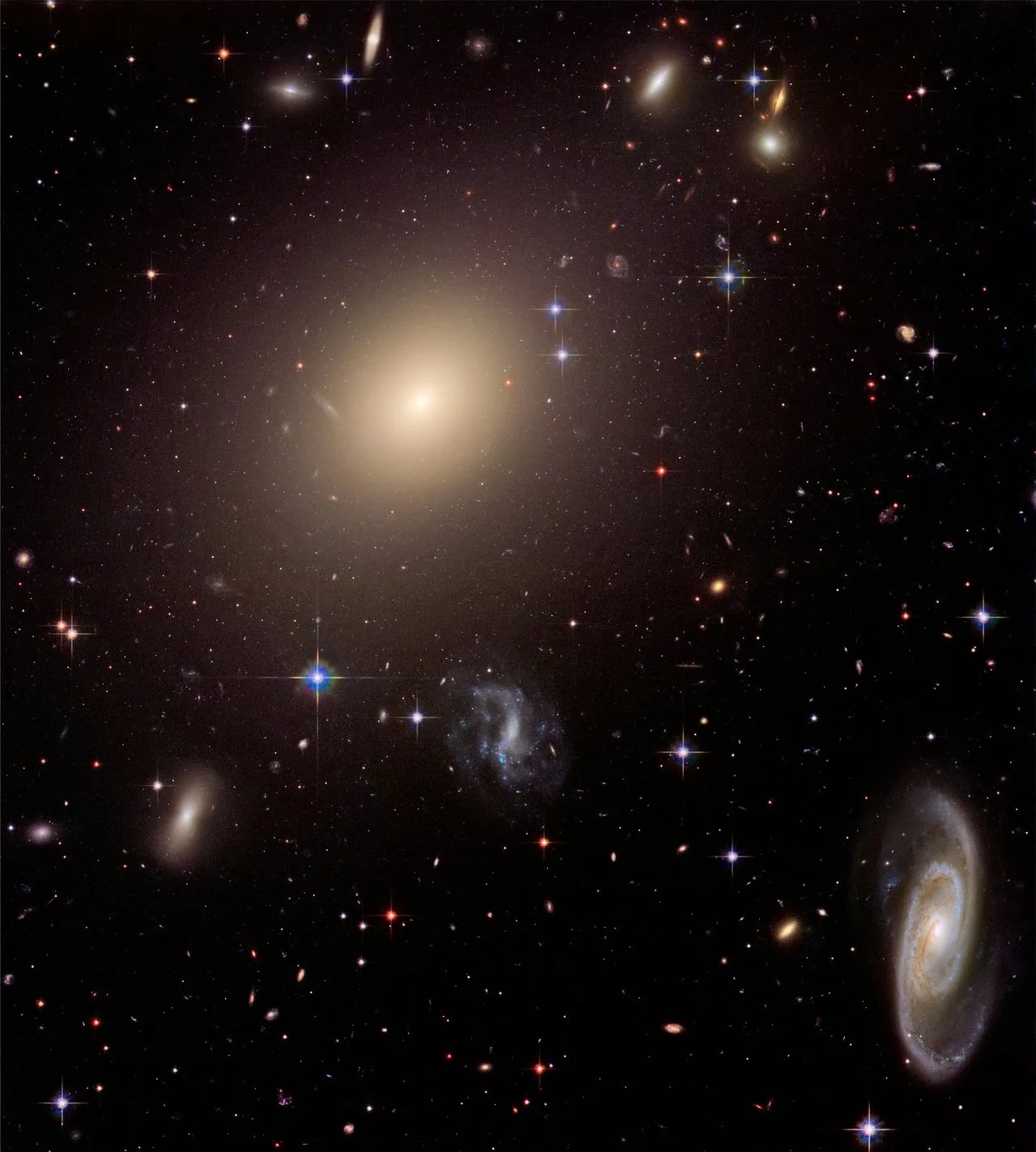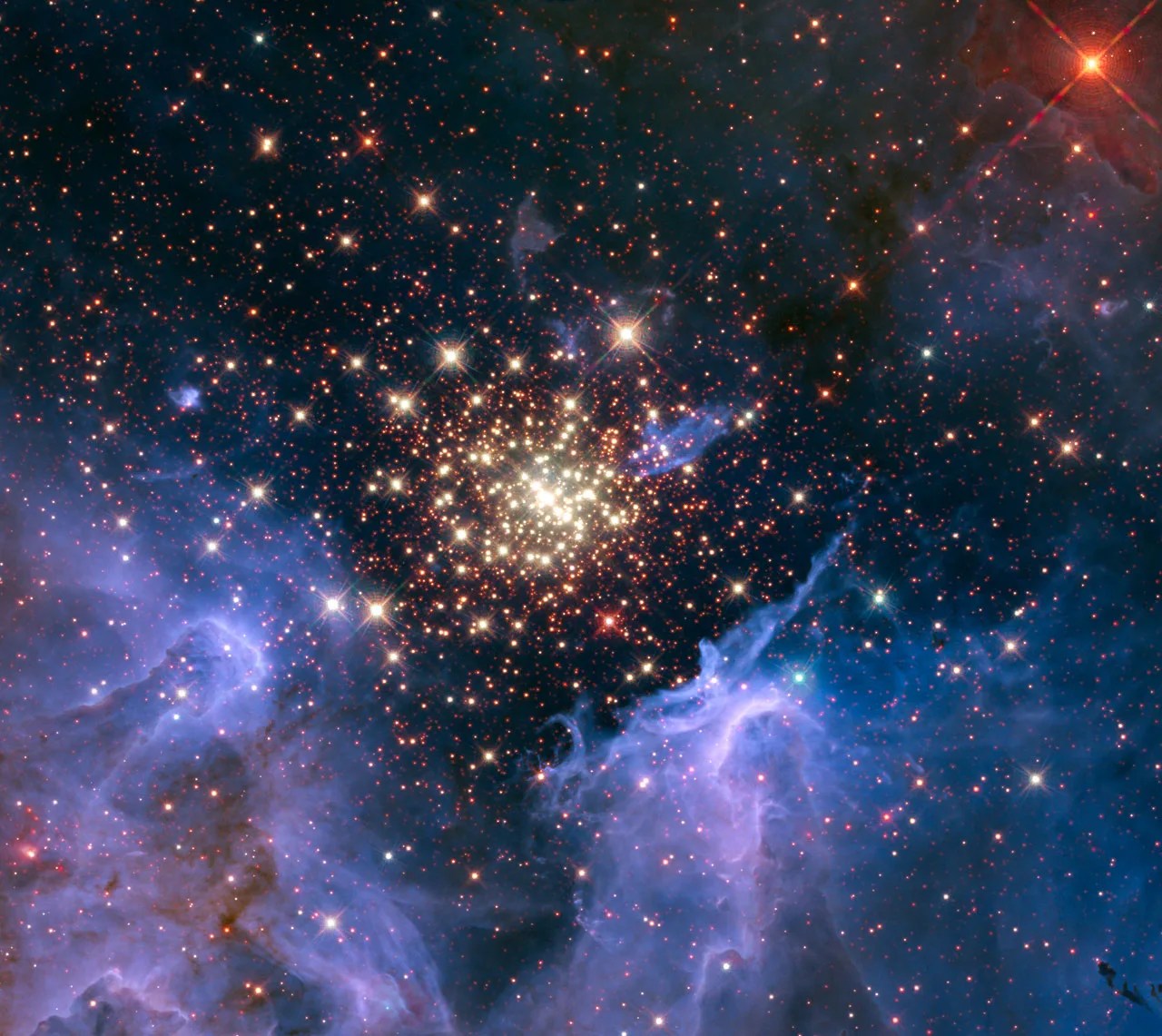
3 min read
NASA’s Hubble Space Telescope Returns to Science Operations

Updated, Dec. 8, 2023
NASA restored the agency’s Hubble Space Telescope to science operations Friday, Dec. 8. The telescope had paused science observations Nov. 23 due to an issue with one of its gyros. The spacecraft is in good health and once again operating using all three of its gyros.
Hubble’s two main cameras, Wide Field Camera 3 and Advanced Camera for Surveys, resumed science observations Friday. The team is planning to restore operations to the Cosmic Origins Spectrograph and Space Telescope Imaging Spectrograph later this month.
NASA’s Hubble Space Telescope to Resume Science Operations Soon
Updated, Dec. 7, 2023
NASA plans to restore the agency’s Hubble Space Telescope to science operations Friday, Dec. 8, following a series of tests to gain insight into the gyro performance that caused the spacecraft to pause science operations last week.
After analyzing the data, the team has determined science operations can resume under three-gyro control. Based on the performance observed during the tests, the team has decided to operate the gyros in a higher-precision mode during science observations. Hubble’s instruments and the observatory itself remain stable and in good health.
NASA’s Hubble Space Telescope Pauses Science Due to Gyro Issue
Published Nov. 29, 2023
NASA is working to resume science operations of the agency’s Hubble Space Telescope after it entered safe mode Nov. 23 due to an ongoing gyroscope (gyro) issue. Hubble’s instruments are stable, and the telescope is in good health.
The telescope automatically entered safe mode when one of its three gyroscopes gave faulty readings. The gyros measure the telescope’s turn rates and are part of the system that determines which direction the telescope is pointed. While in safe mode, science operations are suspended, and the telescope waits for new directions from the ground.
Hubble first went into safe mode Nov. 19. Although the operations team successfully recovered the spacecraft to resume observations the following day, the unstable gyro caused the observatory to suspend science operations once again Nov. 21. Following a successful recovery, Hubble entered safe mode again Nov. 23.
The team is now running tests to characterize the issue and develop solutions. If necessary, the spacecraft can be re-configured to operate with only one gyro. The spacecraft had six new gyros installed during the fifth and final space shuttle servicing mission in 2009. To date, three of those gyros remain operational, including the gyro currently experiencing fluctuations. Hubble uses three gyros to maximize efficiency, but could continue to make science observations with only one gyro if required.
NASA anticipates Hubble will continue making groundbreaking discoveries, working with other observatories, such as the agency’s James Webb Space Telescope, throughout this decade and possibly into the next.
Launched in 1990, Hubble has been observing the universe for more than 33 years. Read more about some of Hubble’s greatest scientific discoveries.
Media Contacts:
Claire Andreoli
NASA’s Goddard Space Flight Center, Greenbelt, MD
[email protected]
Alise Fisher
NASA Headquarters, Washington, D.C.
[email protected]












